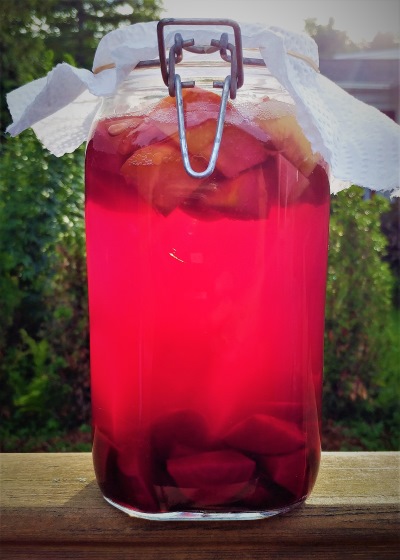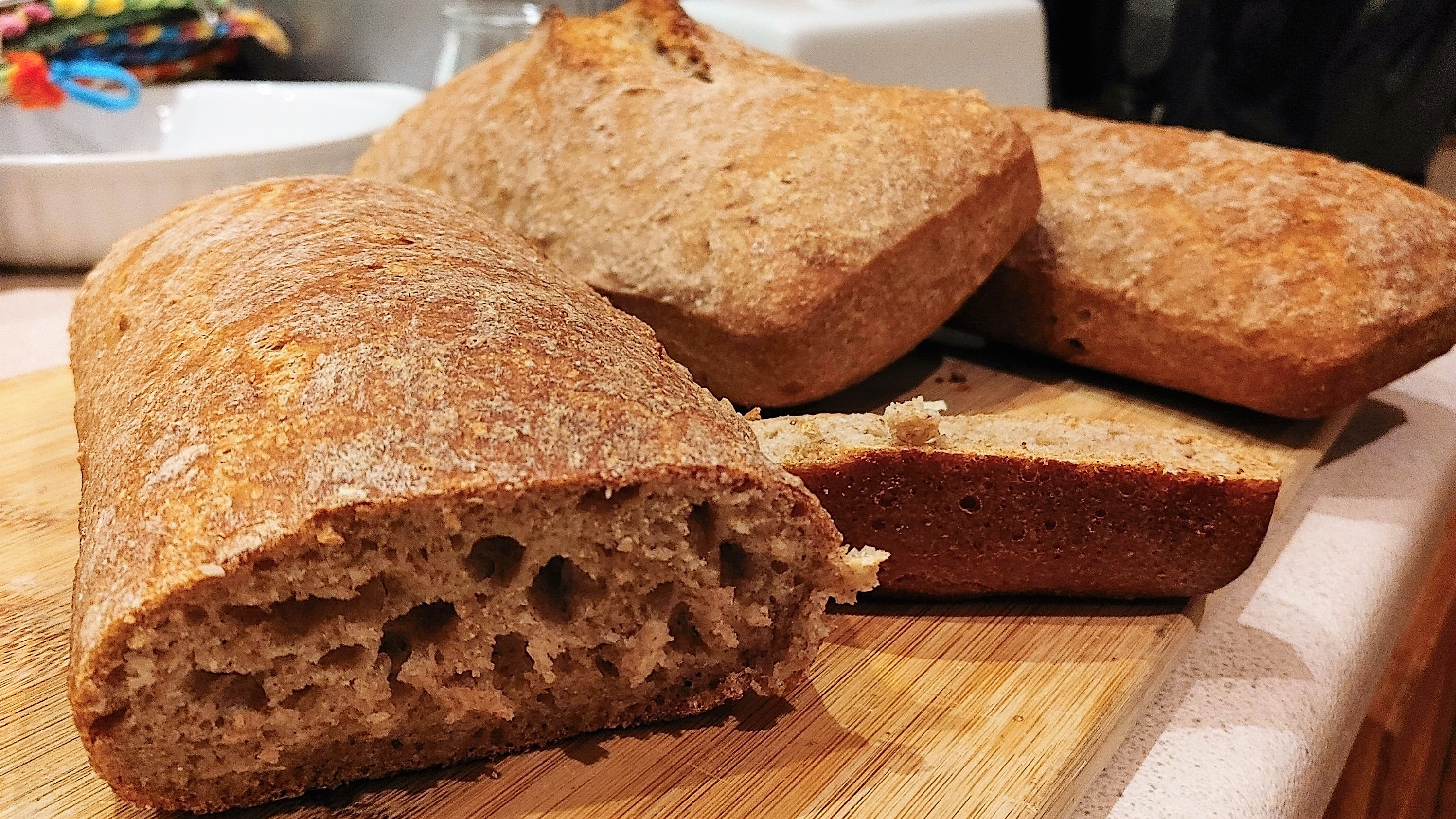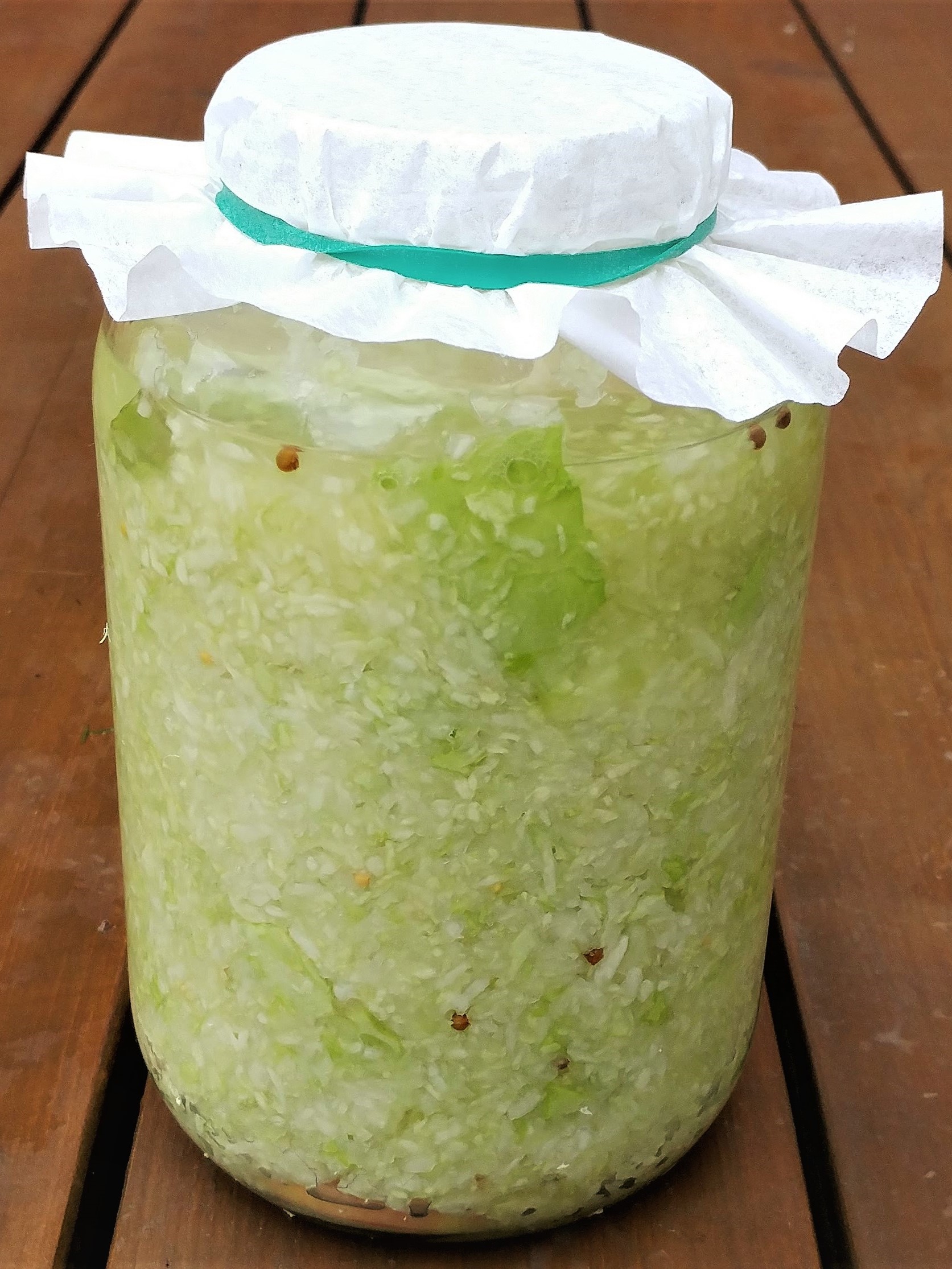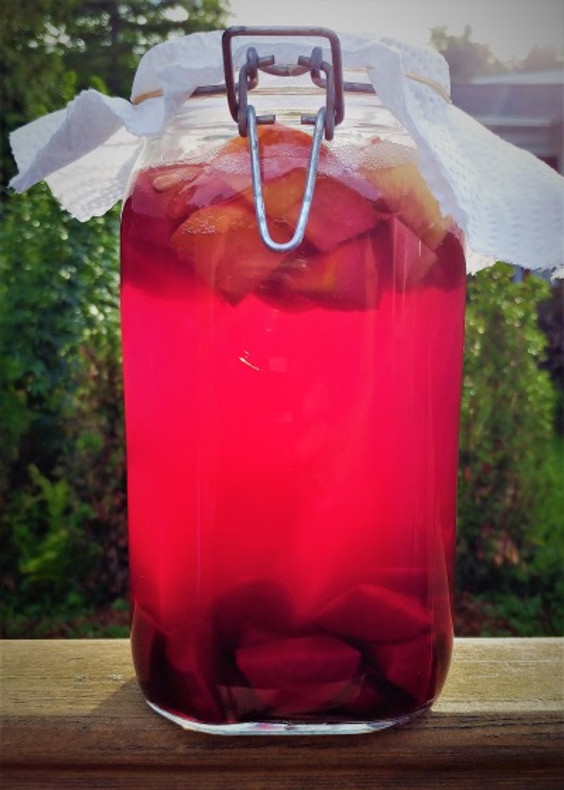


Today we have some fun fermentation trivia for you!
Enjoy!
Which fermented food is the oldest in the world?
The oldest fermented food is actually a drink.
Early alcoholic beverages, most likely akin to kvass, spontaneously resulted from fruit decomposition. It will take generations before fermentation is harnessed in a deliberate and controlled manner.
Why was beer safer than water in Medieval Europe?
Until the advent of modern sanitation, poor sanitary conditions resulted in filthy drinking water rife with pathogens. The beer's alcoholic content neutralized those pathogens, resulting in a much safer beverage.
Which common household foods you didn't know were fermented?
Look no further than your pantry: coffee, chocolate, and apple cider vinegar.
Can sauerkraut heal hangover?
Some experts theorize that fermented foods such as unsweetened yogurt, kefir, sauerkraut, and kimchi could help replenish a microbiome compromised by alcohol. This theory has not been tested.
Why did Captain Cook bring sauerkraut on his journey around the world?
To prevent scurvy within his crew.
Where does kefir come from?
From the Caucasus region of Eurasia. Nomadic tribes carried milk in leather pouches on long journeys. The milk did not spoil but curdled and developed a pleasant yeasty tartness.
Which country boasts the highest fermented food consumption?
The title goes to Japan. Japanese cuisine features numerous fermented foods, including the more familiar miso (soybean spread), fermented soy sauce, and natto (cultured soybeans).
Which drinks are fermented?
Wine, beer, mead (made of honey), kombucha, water kefir, Kefir Soda, and kvass.
What is kvass made of?
Kvass is made of organic matter, often cut-up fruits, root vegetables, or stale rye bread and sugar, submerged in water.
Is there yeast in sourdough?
No, there is no commercial yeast in sourdough. That said, wild yeast that naturally exists in the air and on the grain itself is naturally present in sourdough.

